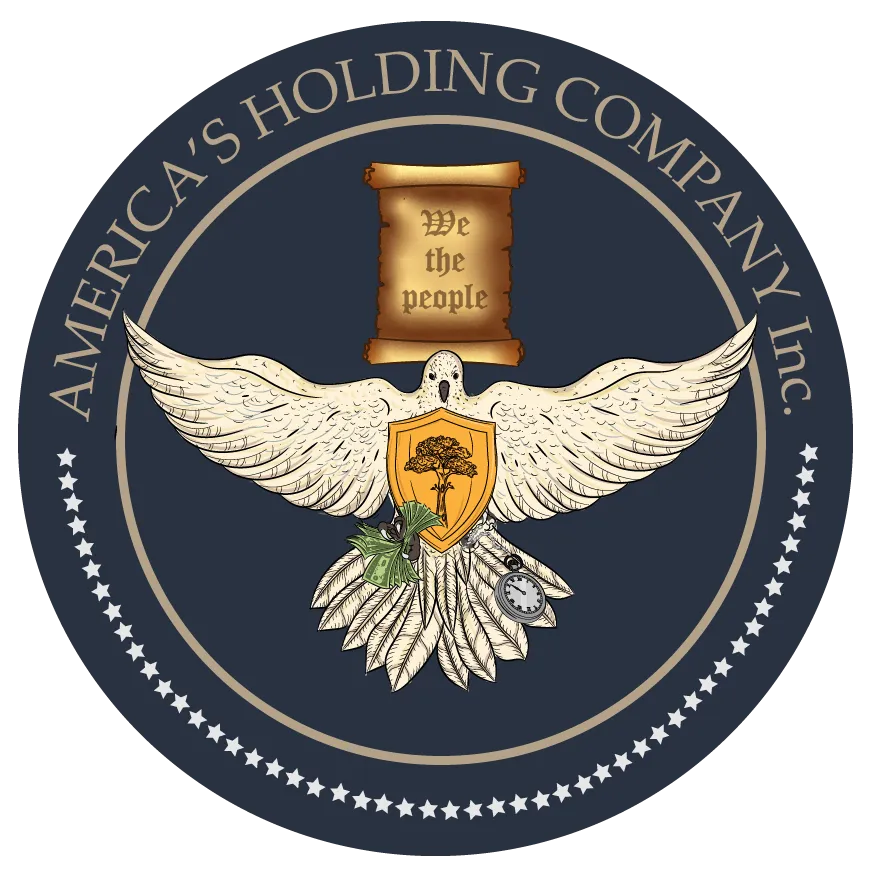The Prospecting Done For You Blog

ESOPs
An ESOP, or Employee Stock Ownership Plan, is a type of retirement plan that is designed to provide employees with an ownership stake in the company they work for. ESOPs are typically established by companies as a way to provide employees with a retirement benefit while also aligning their interests with those of the company's shareholders.
In an ESOP, a trust is established to hold stock in the company, and the company contributes shares of stock or cash to the trust on behalf of its employees. The shares in the trust are then allocated to individual employee accounts based on a formula determined by the company. As the employees work and earn more, their accounts grow and they acquire more shares of the company.
There are several benefits of an ESOP for employees:
Share in company profits and growth: As employees accumulate shares in the company, they become owners and share in the profits and growth of the company through dividends and appreciation in the value of their shares.
Retirement savings: An ESOP can be a powerful retirement savings vehicle, allowing employees to accumulate a significant stake in the company over time.
Tax benefits: Contributions to an ESOP are tax-deductible for the company and the shares held in the plan grow tax-free until they are distributed to employees at retirement.
Increased Job security: Employee-Ownership through ESOP can lead to increased job security, as the employees have a vested interest in the success of the company and are more likely to work to improve it.
Aligns Interests: ESOP aligns the interests of employees with those of shareholders, as both parties have a stake in the company's success.
Continuity of Ownership: ESOPs can be an effective way for a company to transfer ownership to employees in a tax-advantaged manner, helping to ensure the continuity of the company and protect it from unwanted takeovers.
Employee Retention: ESOPs can also be an effective tool for retaining employees, as they provide a sense of ownership and commitment to the company.
Employee motivation: Employee-owners may be more motivated to improve efficiency, productivity, and quality, as they have a direct stake in the company's success.
It's worth noting that not all companies can benefit from an ESOP, and it's important to evaluate if it's suitable for your company, and if it's a good fit for your employees.
An example of a company that has implemented an ESOP is Publix Super Markets, Inc.
Publix is a privately-held American supermarket chain founded in 1930, it operates in 7 states in the Southeast of USA and has more than 200,000 employees. Publix has implemented an ESOP in the 1970s, and it has been a significant part of the company's culture since then. Under the ESOP, full-time and part-time employees are eligible to participate and receive shares of the company's stock.
The ESOP at Publix has been credited with playing a major role in the company's success and growth over the years. Employees are proud of their ownership in the company and are motivated to work harder to improve the company's performance, which helps to improve employee retention, and drive the company's growth. In addition, the ESOP provides employees with a significant retirement benefit and aligns their interests with those of the company's shareholders.
It is worth mentioning that Publix is also known for being one of the best employers in the US, often being recognized by Forbes, Fortune, and other publications as one of the best places to work.
Another example of a company that has implemented an ESOP is W.L. Gore & Associates, Inc.
W.L. Gore & Associates is an American multinational manufacturing company, known for its Gore-Tex fabric. The company was founded in 1958 and has implemented an ESOP in the 1974. Under the ESOP, all employees become owners of the company by receiving shares of the company's stock and are eligible to vote on company matters.
The ESOP at W.L. Gore is considered to be an integral part of the company's culture and has been credited with playing a major role in the company's success and growth over the years. The company is known for its unique flat organizational structure and its focus on innovation and creativity, which is thought to be directly related to the fact that all employees are owners and have a voice in the company's direction.
W.L. Gore is also recognized as one of the best employers in the US, and it has been consistently ranked as one of the best places to work by various publications such as Forbes, Fortune, and others.
Starting an ESOP (Employee Stock Ownership Plan) can be a complex process, but here are some general steps that you can follow:
Assess your company's suitability: Before starting an ESOP, it's important to determine if it's a good fit for your company and employees. You should consider factors such as the size and structure of your company, your long-term goals, and the potential impact on your employees and shareholders.
Consult with professionals: Setting up an ESOP can be a complex process, and it's important to consult with professionals such as attorneys, accountants, and ESOP consultants who can guide you through the process and ensure compliance with legal and regulatory requirements.
Create a plan: Once you've determined that an ESOP is appropriate for your company, you'll need to create a plan that outlines how the ESOP will be implemented and administered. This will include details such as the allocation of shares, vesting schedules, and the structure of the trust that will hold the shares.
Obtain financing: Once the plan is in place, you'll need to obtain financing to purchase the shares that will be allocated to the ESOP trust. This can be done through a bank loan or by selling shares to the ESOP trust.
Communicate with employees: It's important to communicate the benefits of the ESOP to your employees and to provide them with education and training on the plan. This can help to ensure that employees understand the benefits of the plan and are motivated to participate.
Establish the trust: Once the financing is secured, the ESOP trust can be established and the shares can be allocated to employee accounts.
Ongoing administration: Once the ESOP is established, it will need to be administered on an ongoing basis, including monitoring the performance of the trust, making contributions to the trust, and distributing shares to employees as they vest.
It's worth noting that the process and regulations regarding ESOPs can vary depending on the jurisdiction, so it's important to seek professional advice and ensure compliance with all applicable laws and regulations.
If you need help with any of this, we are here to help however we can!








